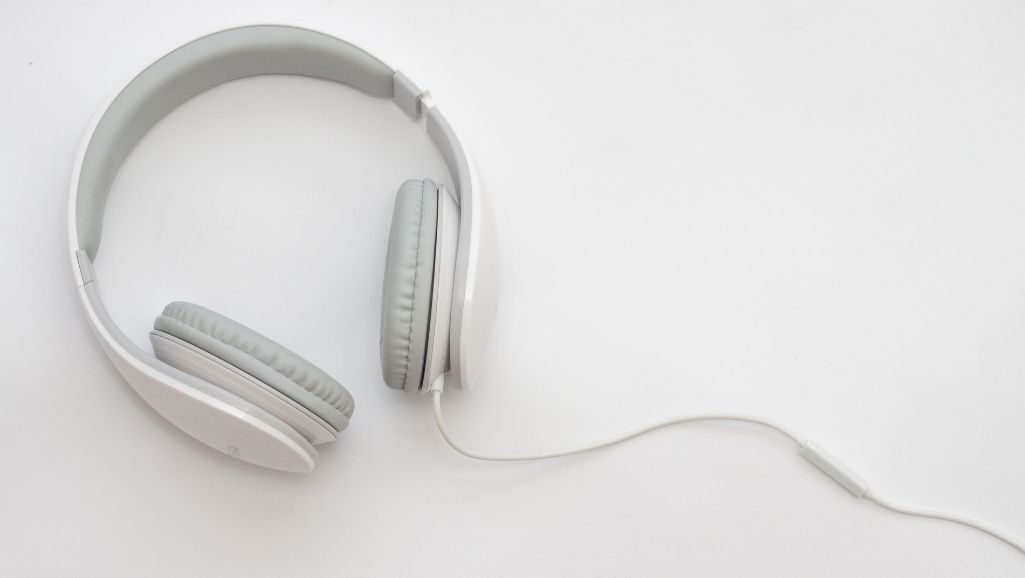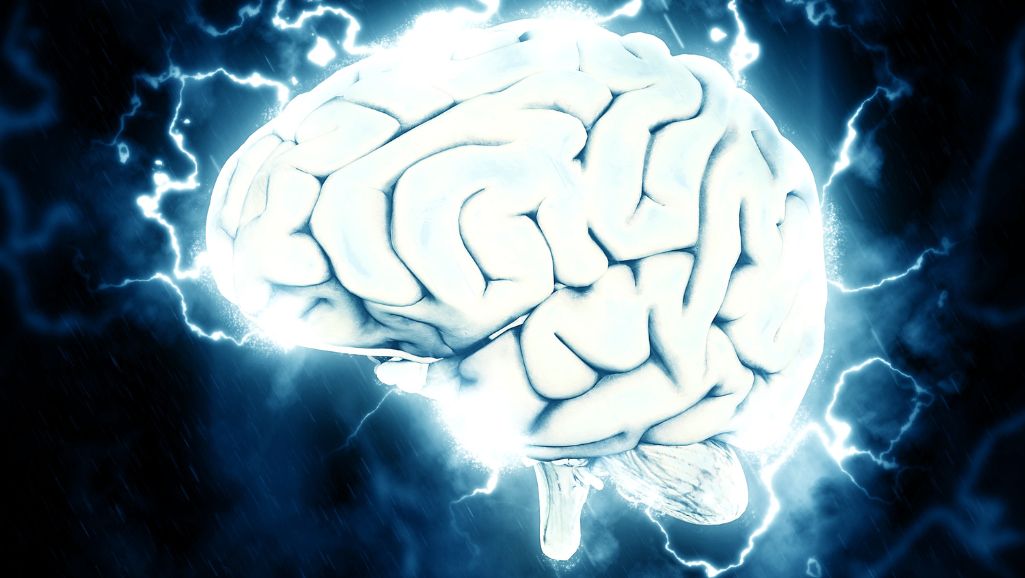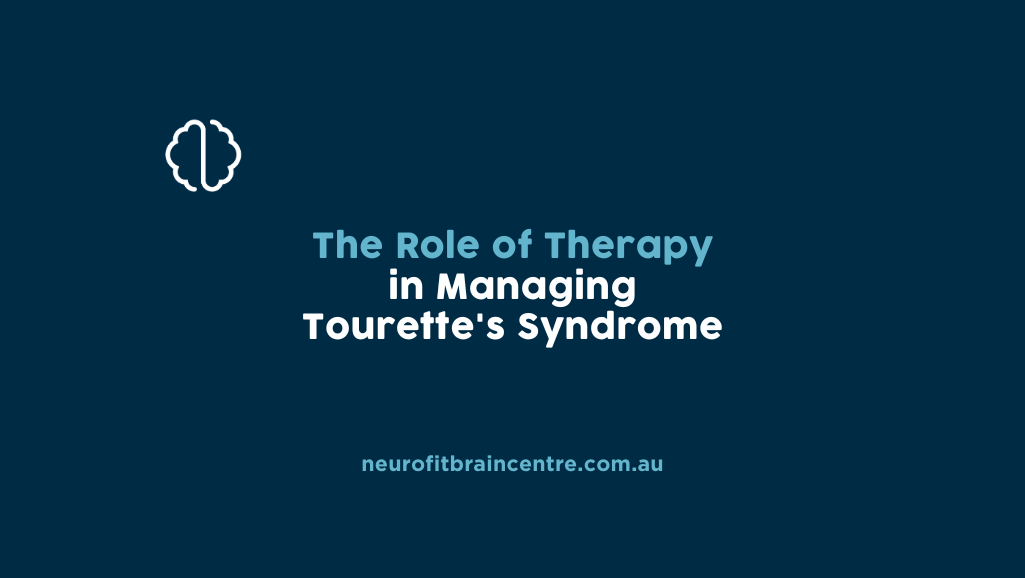Table of Contents
ToggleWe’ve often said that coming to Neurofit Brain Centre feels more like having fun in a video game arcade than undergoing therapy. But how do you continue your exercises at home without all our specialised equipment? It’s easier than you might think – and it’s still a lot of fun.
Why do you need to do brain exercises at home anyway?
As part of your Neurofit program, you’ll be prescribed a series of brain-based exercises designed to help restore balance between the left and right sides of your brain.
These exercises will help to create new neural pathways – essentially rewiring your brain. For your brain to habitually use those new pathways, though, the new route has to become easy and familiar. And you can only achieve that by practising often.
You’re with us for only 1-2 hours a week – but there are 168 hours in those 7 days. That means you need to practise your exercises at home to get the most benefit from your Neurofit treatment. Your in-clinic and at-home exercises are designed to work together to improve your brain function.
Brain exercises to do at home
Exactly which exercises you should do at home depends on your unique needs. Your Neurofit therapist will assess your condition, identify which side of your brain is weaker and prescribe exercises to strengthen it.
Home exercises may include:
- Putting essential oils on the collar on your weaker side
- Wearing colour-specific glasses
- Using an electric toothbrush to apply gentle vibration to your face and limbs on your weaker side
- Listening to music at a certain frequency relying on the weaker-side ear (put an ear plug in the ear on your stronger side)
- Exercises to integrate retained primitive reflexes
- Improving your lung capacity and oxygen supply to the brain through aerobic exercise
- Improving circulation by applying heat from a wheat sack or hot water bottle
- Cross-lateral eye movements or limb movement exercises to promote integration between the two hemispheres of your brain
- Squeezing your ear lobes to self-stimulate that acupressure meridian.
Co-activation
As you can see, there are many different ways to stimulate the weaker side of your brain. Sometimes we’re asked why we do so much all at once. Wouldn’t it be better to do one thing at a time?
Oddly enough, no. Bombarding the weaker side of the brain with many different stimuli at once encourages it to step up its game. It means it has to work harder than ever to keep up with the new demands. Over time, it begins to fight for more blood flow and oxygen and begins to level up to the stronger side of your brain.
This process of bombarding the weaker side of the brain with a lot of stimulation is known as co-activation. It maximises the benefits of therapy.
Getting into the habit
Although everyone intends to do their at-home exercises, it can be hard to get into a new habit. About 50-70% of people with lower back pain don’t do their at-home physiotherapy exercises.
Life is busy. We understand that. So here are some tips to help you make it happen.
- Remember why you’re doing this – ultimately, it’s because you want to improve your quality of life
- Schedule it into your calendar and set an alarm to remind yourself
- Break it into bite-sized chunks – try doing some of your exercises in the morning and some in the evening to make it easier to fit into your day
- Create momentum – put a chart on the fridge and award yourself a sticker each time you do your daily exercises
- Reward yourself – when you’ve done well for the week, give yourself a little reward.
How Neurofit Brain Centre can help
At Neurofit Brain Centre, we believe that brain activity makes an active difference. We employ a number of evidence-based therapies to stimulate your brain in the right places to improve your function and your quality of life.
That starts with a thorough assessment and understanding of your condition and your lifestyle. Then it involves a combination of different treatments that may use light, sound, video games, interactive metronome and much more. It’s a non-invasive, enjoyable therapy that helps to rewire your brain with the aim to improve your symptoms.
Our in-clinic program is reinforced by at-home exercises. These are a key component of your therapy so we encourage you to get into a good rhythm at home.
If you’d like to learn more, please contact us.
Disclaimer
All information is general and is not intended to be a substitute for professional medical advice. Neurofit Brain Centre can consult with you to confirm if a particular treatment approach is right for you.








